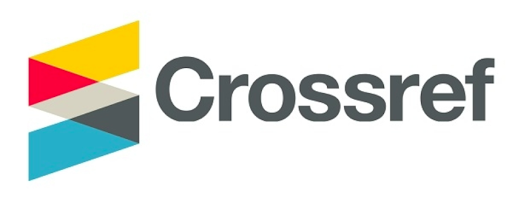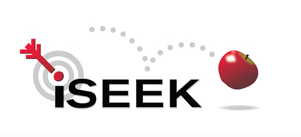Paper ID : SMJ1907245807659 | View : 40

Abstract : Abstract Objective: The current study was carried out to compare the shear bond strength of the rebonded ceramic bracket after using different techniques for removal of the adhesive from the debonded brackets base to find the most favorable method for recycling ceramic brackets. Materials and Methods: Sixty premolar teeth were randomly divided into 4 equal groups (n = 15) then embedded in resin blocks with their crowns exposed. Sixty upper premolar ceramic orthodontic brackets were used in this study and were divided into 4 equal groups (n = 15) according to different adhesive resin removal protocols; Control Group (New brackets), Laser Group, Sandblast Group, and Handpiece Group. Then ceramic brackets were rebonded and the shear bond strength of the rebonded brackets was evaluated using a universal testing machine. All collected data were statistically analyzed. Results: The highest statistically significant shear bond strength mean value was revealed between control group (13.2302MPa) and handpiece (carbide bur) as it is showed smallest mean (6.1863MPa). While there was no statistically significant difference between Control group vs Laser group and Sandblast group. Conclusion: Er,Cr:YSGG laser and Sandblasting were efficient for recondition of mechanically retentive ceramic brackets. Keywords: Rebonded Ceramic brackets, Er,Cr:YSGG laser, Sandblasting, Tungsten carbide bur










